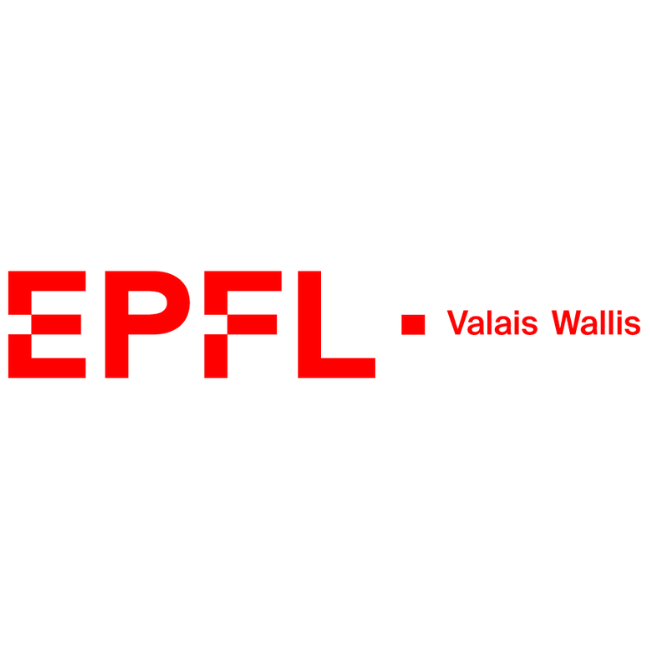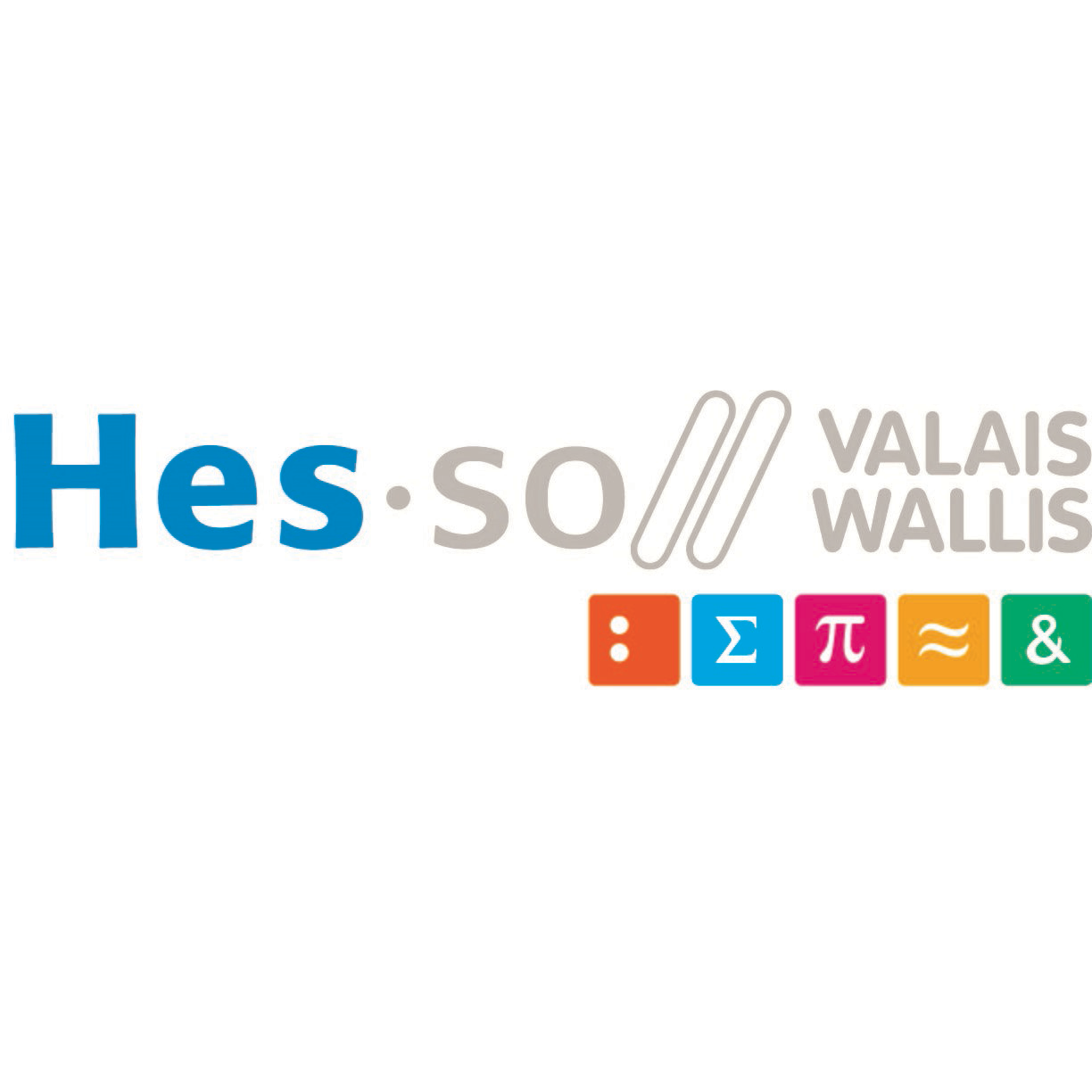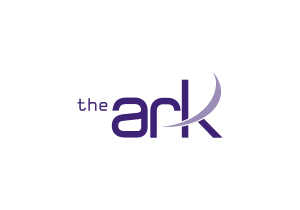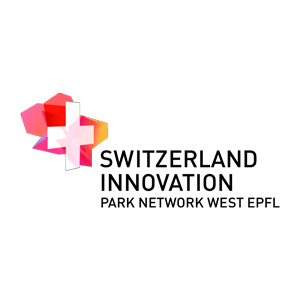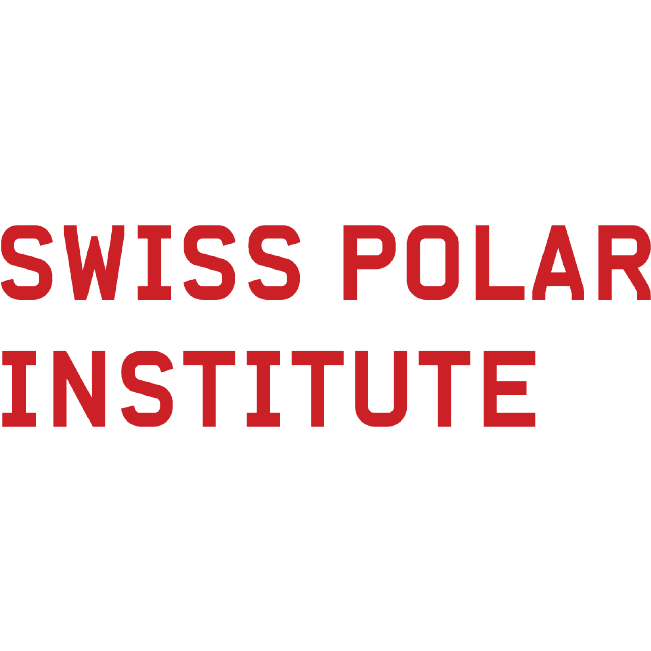The Energypolis Campus, a veritable innovation ecosystem, is shaping the future of the Valais region. A visionary and rallying force, it brings together the expertise of EPFL Valais Wallis, HES-SO Valais-Wallis, the services of The Ark Foundation and many other players. Together, these partners are meeting today’s major challenges in the fields of energy, health and the environment through cutting-edge technologies.
Campus Energypolis: innovation in the heart of the Alps
The Energypolis Campus aims to create a complete value chain, supporting the development of bold ideas from A to Z, from basic research to market launch. It combines the excellence of education and research with the know-how of companies to promote the Valais beyond its borders. The Energypolis Campus brings together over a thousand people on a single site.
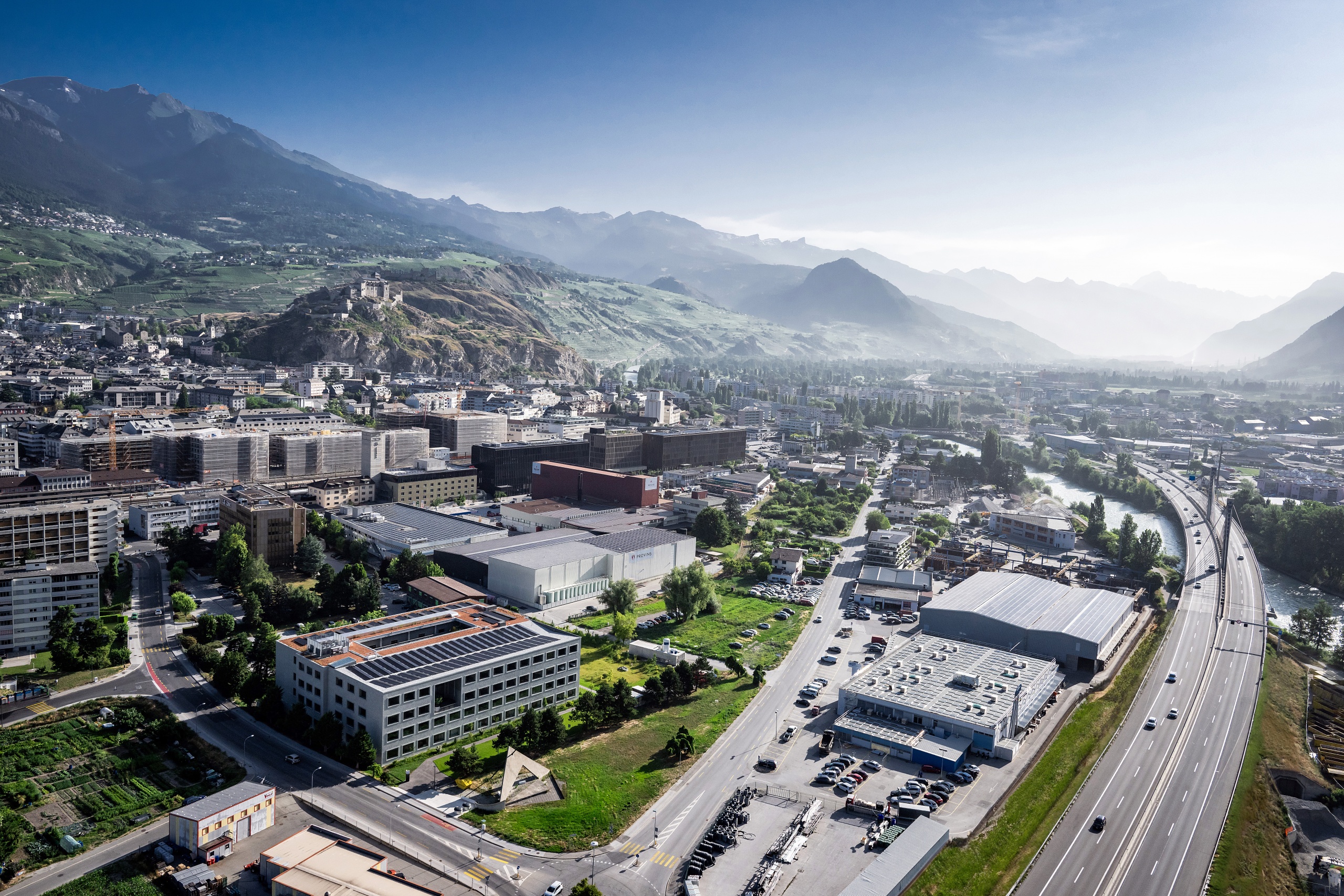
THE MAIN LINES OF RESEARCH ON CAMPUS
HIGHLIGHTS OF THE ENERGYPOLIS CAMPUS
A joint platform
The strongest research projects are developed by teams with varied profiles. To ensure qualitative interdisciplinarity in the creation of new innovative projects, the Campus offers them a joint research platform between EPFL Valais Wallis and HES-SO Valais-Wallis. It also fosters collaboration with Valais-based research institutes such as Idiap, CREM, Icare and Fernuni.
Joint platforms include joint programs and equipment for training, continuing education, research and testing, as well as joint marketing to promote the engineering profession and technology transfer.
Innovation Park
The Energypolis campus will host start-ups as well as the research units of major companies in its future innovation park. Thanks to a CHF 25 million object credit granted by the Grand Council in June 2020, this Valais branch of EPFL’s Innovation District will offer workspaces, scientific infrastructure and equipment, as well as access to an entire innovation ecosystem.
The first occupants of the Innovation Park are H55, a Solar Impulse spin-off working on a new electric propulsion technology for air transport, and Natron Energy, a Californian start-up developing new environmentally-friendly batteries using Prussian blue electrodes.
1:1 demonstrators
To encourage the development of effective models, scientists have a full-scale laboratory at their disposal: the entire Campus. They benefit from an environment specially adapted to the development of large-scale demonstrators.
Demonstrators are full-scale test facilities for technologies developed in the laboratories of EPFL Valais Wallis and HES-SO Valais-Wallis. These include the CO2 Network, which tests a heating or cooling distribution system based on a carbon dioxide circuit, and the Grid Lab, which studies the integration of renewable energies into tomorrow’s power grids.
Innovation Network
In addition, Campus Energypolis has joined the Switzerland Innovation network, a national initiative designed to position Switzerland as a world leader in innovation, notably by defining clear areas of competence for each of the ten partners. The aim is to maintain Switzerland’s position at the forefront of innovation and ensure its future competitiveness. The aim is to bring innovation units from major companies to Switzerland, followed by their production units.
The Switzerland Innovation Park Network West EPFL offers Swiss and foreign companies a stimulating environment for interaction between international companies and the academic jewels of French-speaking Switzerland, in order to foster innovation.
